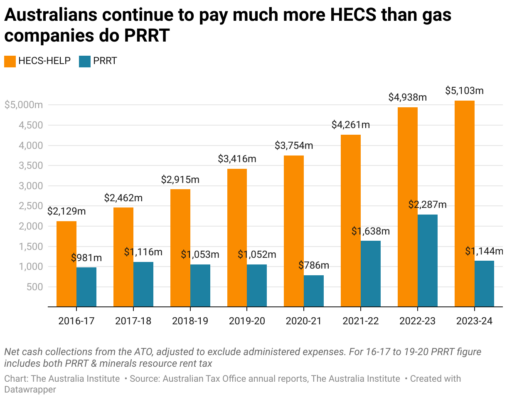On this episode of Follow the Money, the Australia Institute’s Joshua Black and Jack Thrower join Glenn Connley to discuss the enormous cost of going to university, the absurdity of university vice-chancellors being paid more than the Treasurer, and why the practice of using international students as a political football must end.
This discussion was recorded on Tuesday 20 May 2025 and things may have changed.
Order After America: Australia and the new world order or become a foundation subscriber to our Vantage Point series and save 25% on the Australia Institute website.
Guest: Joshua Black, Postdoctoral Fellow, the Australia Institute // @joshuablackjb
Guest: Jack Thrower, Senior Economist, the Australia Institute // @jack-thrower
Host: Glenn Connley, Senior Media Advisor, the Australia Institute // @glennconnley
Show notes:

